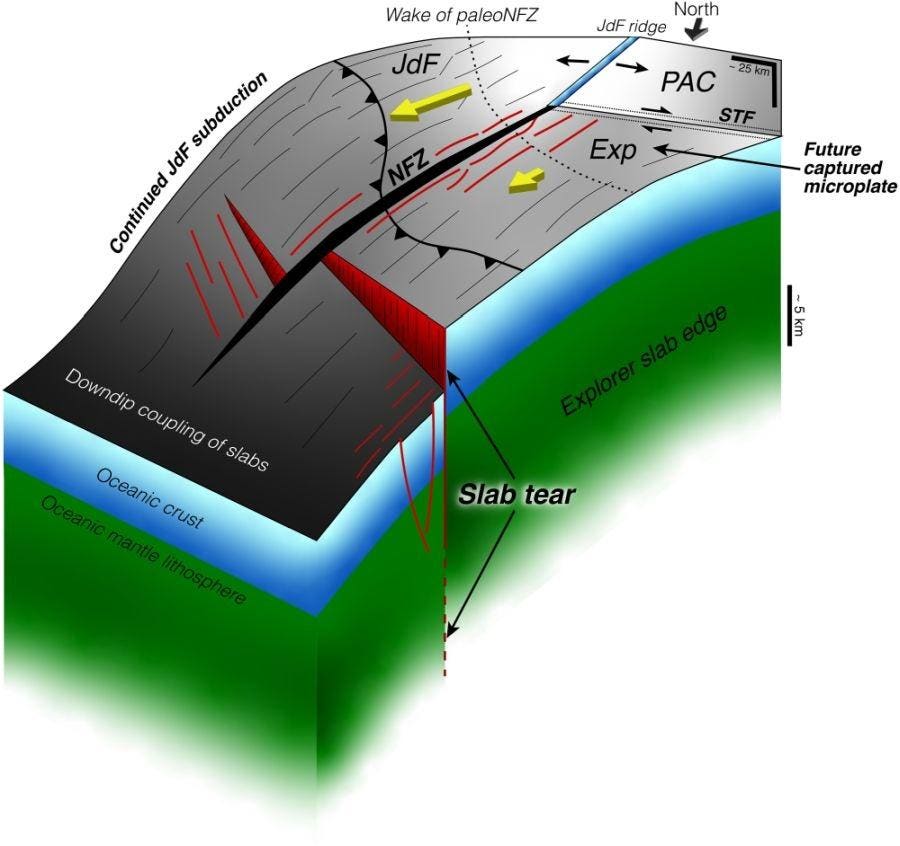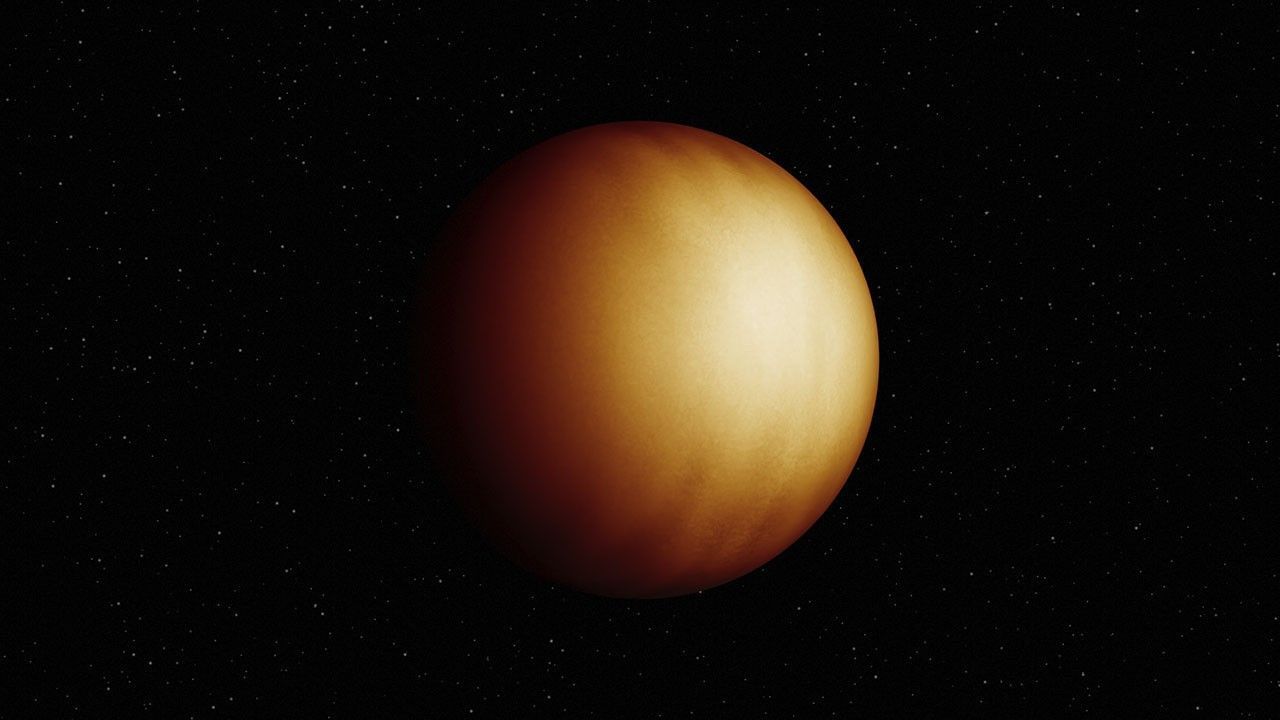During an expedition to search for a famed shipwreck, researchers discovered something unexpected: striking geometric patterns on the floor of Antarctica’s western Weddell Sea created by fish.
…
During an expedition to search for a famed shipwreck, researchers discovered something unexpected: striking geometric patterns on the floor of Antarctica’s western Weddell Sea created by fish.
…
This request seems a bit unusual, so we need to confirm that you’re human. Please press and hold the button until it turns completely green. Thank you for your cooperation!
This request seems a bit unusual, so we need to confirm that you’re human. Please press and hold the button until it turns completely green. Thank you for your cooperation!
This request seems a bit unusual, so we need to confirm that you’re human. Please press and hold the button until it turns completely green. Thank you for your cooperation!

For the first time, scientists have observed how a subducting oceanic plate actively breaks apart into fragments, forming microplates in a slow, step-by-step collapse.
Shuck et al. 2025/Science Advances

Researchers have made a significant advance toward the goal of using bacteria – rather than fossil fuels – to produce ethylene, a key chemical in the production of many plastics.
In a new study, scientists identified the enzyme that…

A team surveying Ha Long Bay found a large sea sponge in a shadowed rock tunnel and realized it was new to science. It grows to about 8 inches across, looks like a cluster of short tubes, and carries a pale green tint.
The species has a formal…
This request seems a bit unusual, so we need to confirm that you’re human. Please press and hold the button until it turns completely green. Thank you for your cooperation!

Astronomers have produced the first-ever three-dimensional map of a planet outside our solar system — WASP-18b — marking a major leap forward in exoplanet research.
Using the James Webb Space Telescope, researchers applied a new technique…